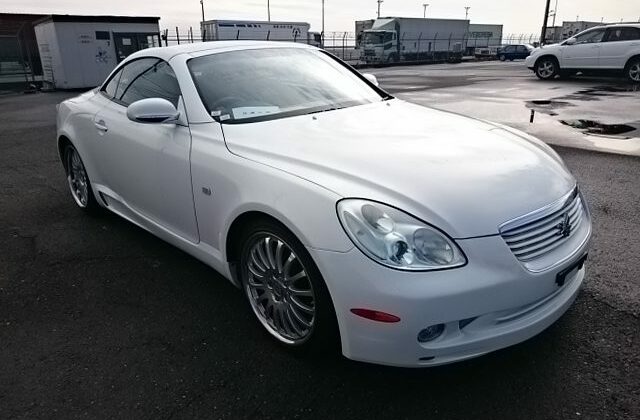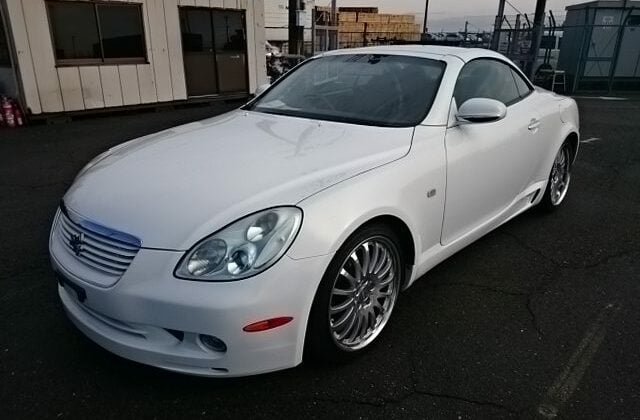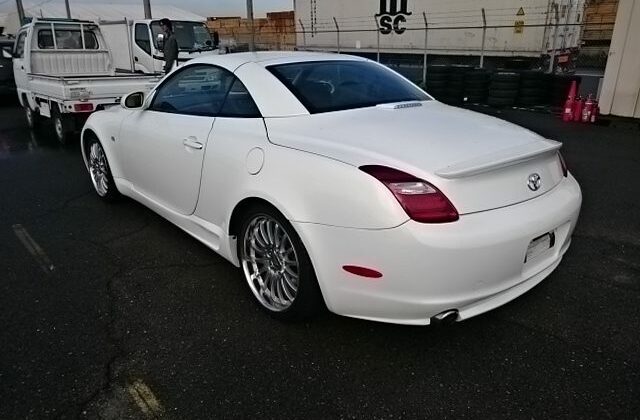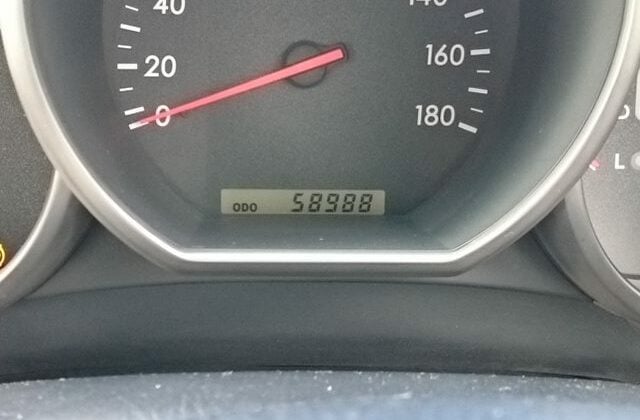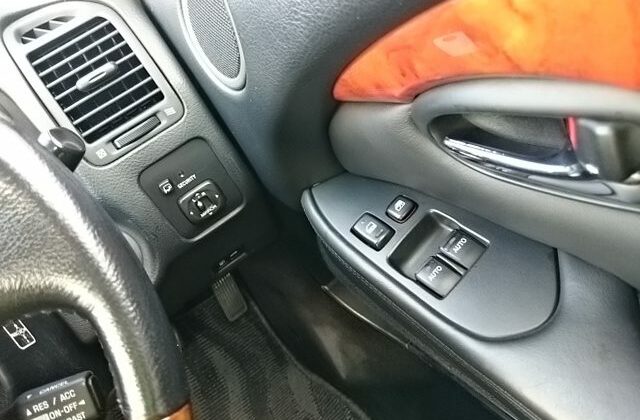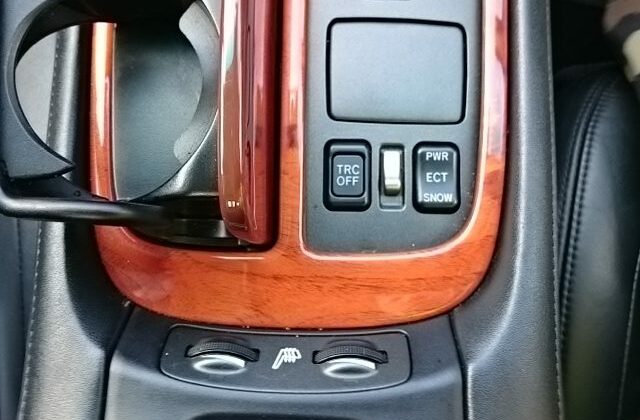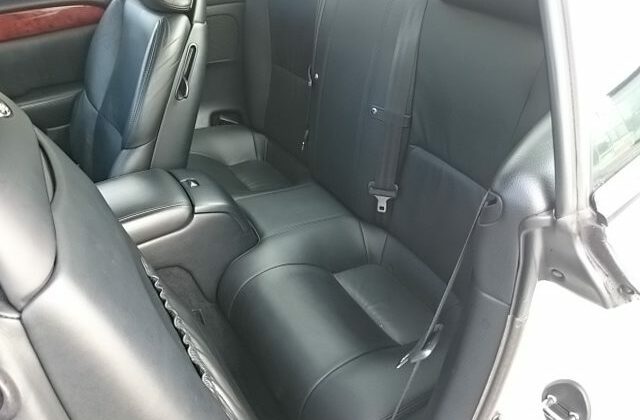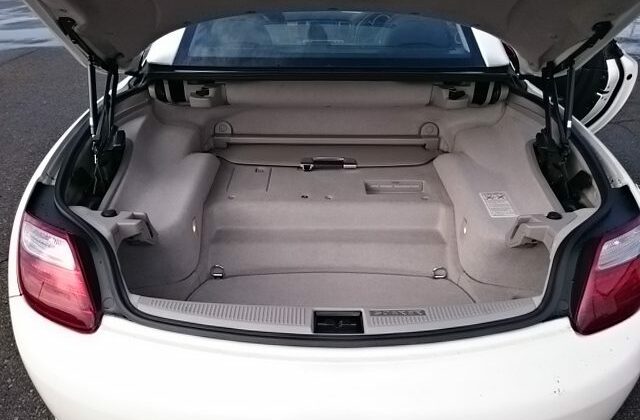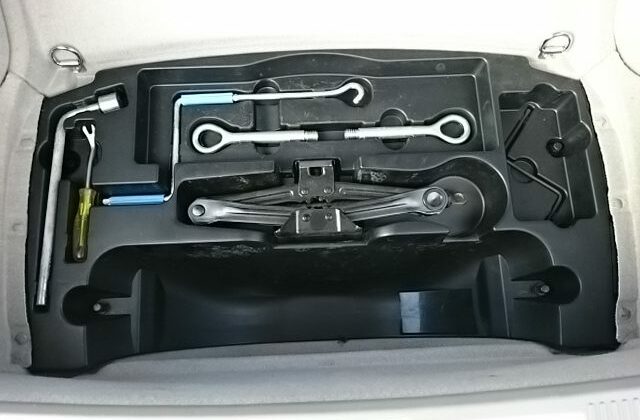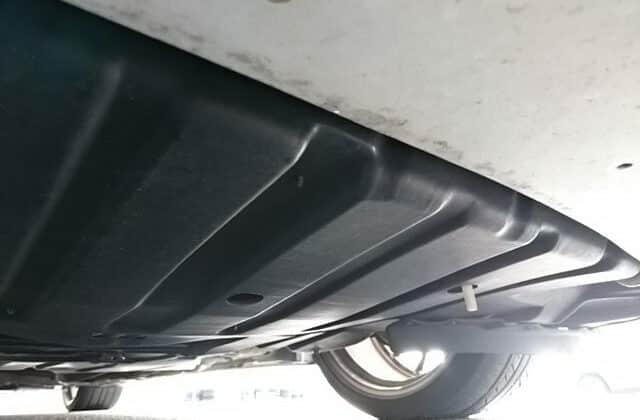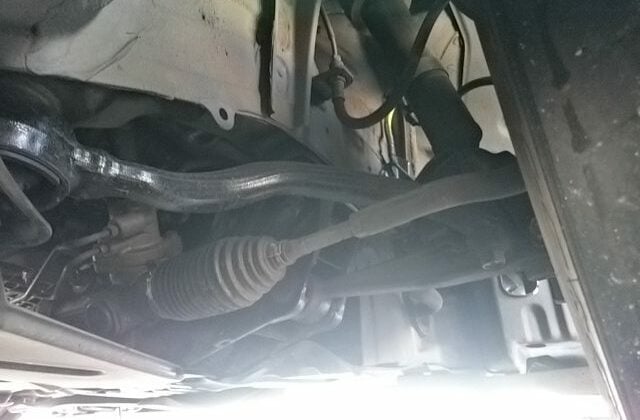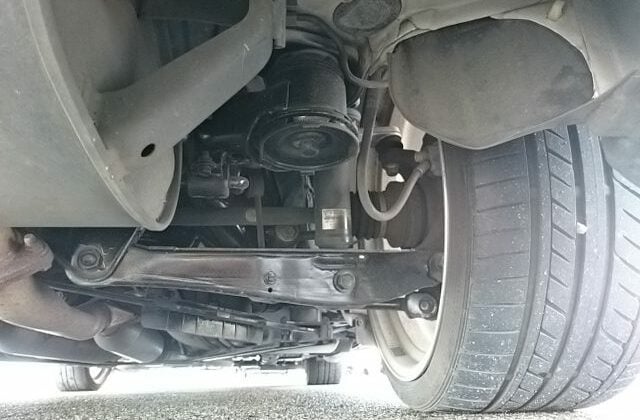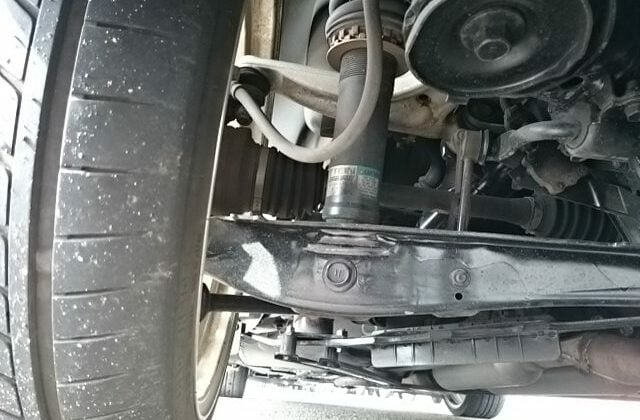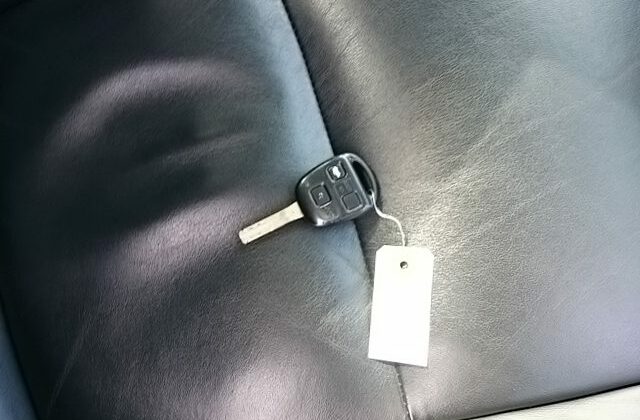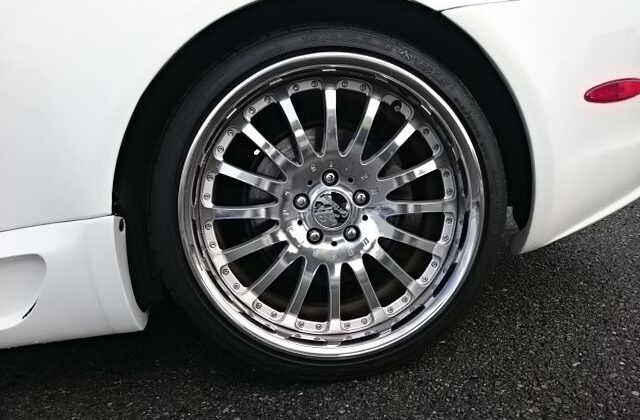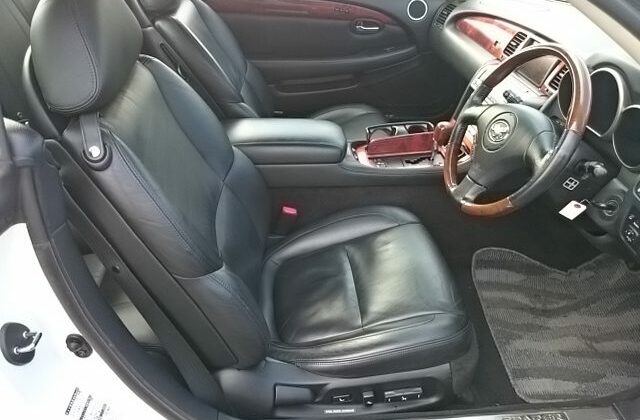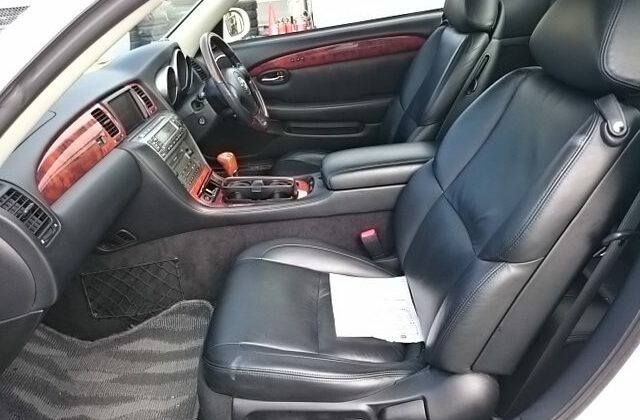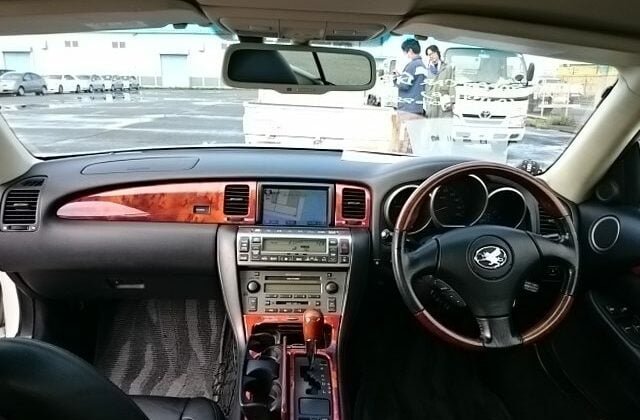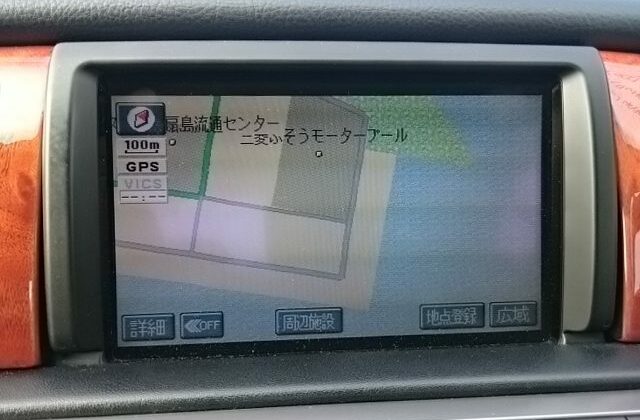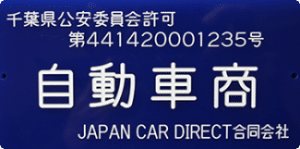2001 Toyota Soarer Convertible
Sold and Exported
After Lexus burst onto the world market in 1989 the brand soon became known for its unsurpassed build quality, providing Japan’s first globally competitive luxury vehicle line. We all know that Lexus is the luxury line division of Toyota motors, but you may not know that for many years after the inception of Lexus, the same models were still produced under the standard Toyota brand name here in Japan. And the Japanese dealer auctions have a great selection of these models to choose from.
The Toyota Soarer began production in 1981 as a luxury GT coupe. The first generation Z10 series was modelled closely on the A60 Supra with rear wheel drive and independent (Pegasus) rear suspension. The Z10 series also featured classic Japanese 80s tech, an innovative computer control system so popular it was further developed for each generation. The Electro Multi Vision Display is a touch screen system that controls the heat/AC, radio, and performs self-diagnosis. The second generation Z20 continued the high-tech trend by adding LED powered digital speed and tachometer displays. Perhaps the highlight of this generation was the limited edition Aerocabin which had an electronically retractable roof that just screams JDM. Only 500 were made but this feature stuck with Soarer designs to the end. Just like the Z10, the Z20 came with several engine options in automatic or manual, however, the introduction of the GTE I6 Twin Turbo 2.0L engine is really what set the second generation apart from its predecessor. The stock twin turbo GT engine produces 210HP at 6200RPM. The Z20 got a restyled grill, larger rear tail lights and interior changes like climate control. This JDM gem is now available for import to several countries, including the USA.
Toyota continued to improve the power and size of its engines for its third generation of the Soarer, the Z30 Series. The UZZ30 was the base model of the three Japanese V8 Soarers, and the basis of the American Lexus SC400. The Japanese and American models shared the same 1UZ-FE V8 engine and 4 speed automatic transmission. Standard features of the UZZ30 were coil over suspension, cruise control, electric velour seats, Radio/CD with 12 disk CD stacker with sub woofer for awesome sound and eardrum breaking volume, 15″ rims, manual steering column adjustment, and plain sun visors. Driver’s airbag and ABS brakes were never an option on the UZZ30. Optional factory extras were woodgrain dash & door trims, and front and rear spoilers. Japanese production of the UZZ30 ended at the end of 1993 but the USA equivalent would continue to be made until 2000. For this reason the UZZ30 is rarer than the more upmarket V8 model. Many models still remain in Japan and can be sourced in better condition than their US counterparts. Japan Car Direct is always on the look out for best condition cars for our customers at the Japanese dealer auctions.
The JZZ30 was exclusive to the Japan market. It was powered by a 1JZ-GTE 2.5L 6 cylinder engine with a twin turbo from 1991-1996 and single turbo from late 1996 until production ended in 2000. It shared the same chassis as the Mk IV Toyota Supra. Both cars suspension, brakes, drive trains and engine parts are interchangeable. The JZZ30 was the only Soarer to have the option of a 5-speed manual transmission (until 1996.) It was available in two different equipment grades, the standard GT-T with radio/CD, electric mirrors, non-electric cloth seats, etc and the GT-TL or “L package” which added electric velour seats, cruise control, driver airbag, and from 1996 “Piezo” TEMS (Toyota Electronic Modulated Suspension) and both driver and passengers airbags. The single turbo which replaced the twin turbo from August 1996 received Toyota’s VVT-I (Variable Valve Timing with intelligence) technology. It had the same 280 PS (206 kW) as before, but maximum torque increased from 269 lb-ft (363 N-m) to 280 lb-ft (378 N-m) and the torque peak fell to 2,400 rpm. The fatter torque curve made the single-turbo JZZ30 substantially more flexible and much quicker than its twin turbo predecessor and gave better fuel economy. Woodgrain trim became standard from 1999. Additional factory options included Torsen LSD, front and rear spoiler, sunroof, ABS brakes, and leather steering wheel. This model was never offered to the North American market, but now models, RHD vehicles included, are legal to import to Canada under the 15 year rule. The 25 year old, RHD Aerocabin is now even legal to import to Quebec and America.
The 4th and final generation of Soarers was the Z40. The new generation’s styling was completely redesigned. In contrast with the previous generation models, the redesigned Z40 was intended as a convertible from its inception. The development team was led by chief engineer Yasushi Nakagawa from 1996 to 2000. Lexus designers from Europe and Japan worked together to create a streamlined design, a design that reflects the architecture, lifestyle, and harbors of Côte d’Azur. The resulting convertible received character lines similar to the region’s yachts, in contrast with traditional waveform lines. The vehicle’s side profile, the product of extensive wind tunnel testing, was intended to channel air around the passenger compartment at high speed during top-down driving. The Japanese domestic market has always combined the best designs of the West with the prowess of Japanese technology. Power was provided by a 4.3 L 3UZ-FE V8 engine with variable valve timing (VVT-i) mated to a five-speed automatic transmission. The Z40’s V8 could produce 288 hp (214.76 kW) and 430 N·m (317 lb·ft) of torque, allowing the coupe to go from 0–60 mph in 6.2 seconds.]The chassis featured a double-wishbone setup for both the front and rear wheels. The vehicle platform shared elements with the Lexus GS 430 sport sedan, including variable-assist power rack-and-pinion steering. New Safety systems ranged from traction control to Active Ride vehicle stability control and Satnav came standard.
In Japan, this is a Soarer…To the world, it is a Lexus in disguise, and that disguise gives us a JCD the opportunity to source these amazing machines from the Japanese Dealer Auctions for much less then resale abroad. The 2001 RHD Soarer above is headed to a very happy customer in Canada. Given their 15 year import rule, his new Soarer will be one of the first of its class in Canada. One of its stand out features is the 19’ alloys. Expensive modifications like these can cost a considerable amount abroad, but you can bring them home for relatively nothing by importing modified models directly from Japan Car Direct. We have the experience to find you the perfect vehicle. Contact us today for the best service and even better value.


